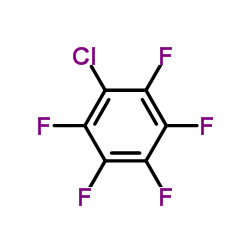Incorporation of pharmacokinetics in noncancer risk assessment: example with chloropentafluorobenzene.
H J Clewell, B M Jarnot
Index: Risk Anal. 14(3) , 265-76, (1994)
Full Text: HTML
Abstract
Noncancer risk assessment traditionally relies on applied dose measures, such as concentration in inhaled air or in drinking water, to characterize no-effect levels or low-effect levels in animal experiments. Safety factors are then incorporated to address the uncertainties associated with extrapolating across species, dose levels, and routes of exposure, as well as to account for the potential impact of variability of human response. A risk assessment for chloropentafluorobenzene (CPFB) was performed in which a physiologically based pharmacokinetic model was employed to calculate an internal measure of effective tissue dose appropriate to each toxic endpoint. The model accurately describes the kinetics of CPFB in both rodents and primates. The model calculations of internal dose at the no-effect and low-effect levels in animals were compared with those calculated for potential human exposure scenarios. These calculations were then used in place of default interspecies and route-to-route safety factors to determine safe human exposure conditions. Estimates of the impact of model parameter uncertainty, as estimated by a Monte Carlo technique, also were incorporated into the assessment. The approach used for CPFB is recommended as a general methodology for noncancer risk assessment whenever the necessary pharmacokinetic data can be obtained.
Related Compounds
| Structure | Name/CAS No. | Molecular Formula | Articles |
|---|---|---|---|
 |
1-Chloro-2,3,4,5,6-pentafluorobenzene
CAS:344-07-0 |
C6ClF5 |
|
Gas chromatography with parallel hard and soft ionization ma...
2015-01-15 [Rapid Commun. Mass Spectrom. 29(1) , 91-9, (2014)] |
|
Oxidative dehalogenation of perhalogenated benzenes by cytoc...
2007-05-22 [Biochemistry 46(20) , 5924-40, (2007)] |
|
Catalytic and Noncatalytic Ammonolysis of Chloropentafluorob...
[Russ. J. Org. Chem. 37(3) , 404-9, (2001)] |
|
Synthesis of 1, 2 difluoro-1, 2-bis (pentafluorophenyl) dich...
[J. Fluor. Chem. 24(4) , 413-18, (1984)] |
|
5-Chloro-1-(difluorochloro)-2, 3, 4, 5, 6, 6-hexafluoro-1, 3...
[J. Fluor. Chem. 23(5) , 479, (1983)] |